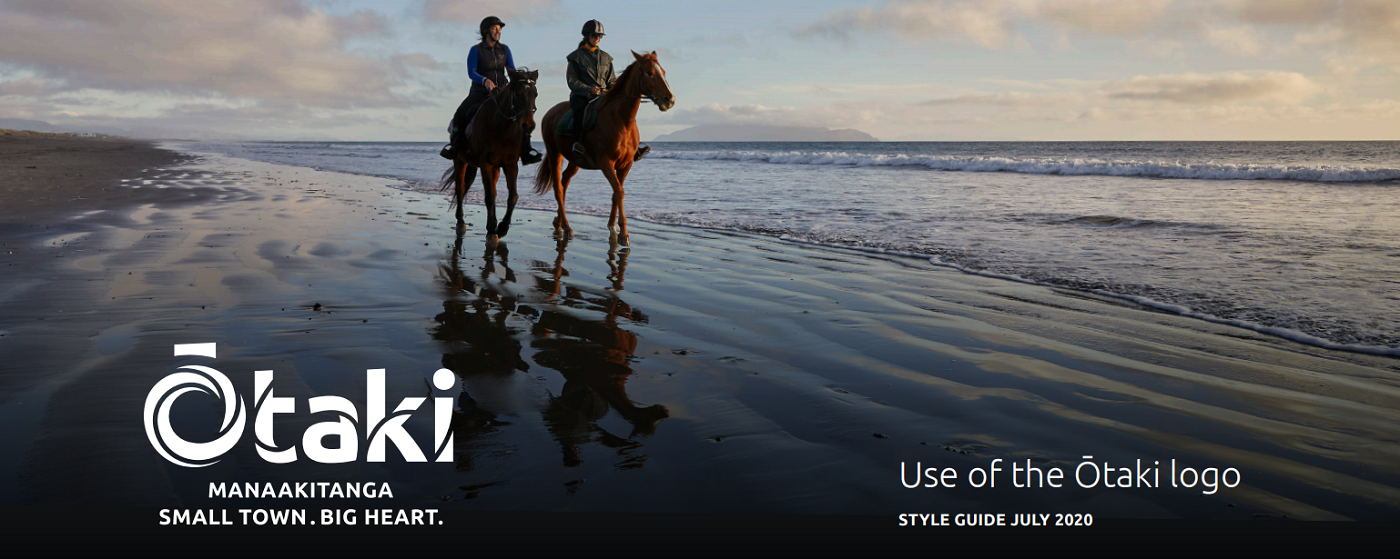
HAKA PRACTICE: Taleah Falamoe enjoys a haka practice along with other Ōtaki College students in the school hall.
If you want to feel a sense of place – who you are and where you’ve come from – what better way than to perform a rousing haka.
That’s exactly what Ōtaki College was doing this week as it demonstrated OC pride with a haka specially written and choreographed for the college. It’s the first time the college has had a haka to call its own, and fitting that the most famous haka of all – Ka Mate – originated with the great chief Te Rauparaha in Ōtaki.
Called Ko Wai Rā, (see panel far right) the college haka was composed by arts teacher Te Tahi Takao. In constructing the appropriate words in a pepeha (motto or proverb), Te Tahi was mindful of the ancestors of Ōtaki and the need to encapsulate the many Māori values that are at the core of college life.
“Kids at Ōtaki College need to know who they are, where they come from and how they’re connected as tangata whenua to the land,” he says. “And that’s not just the ones who’ve grown up here. It applies equally to our international students.”
Ko Wai Rā references several events and people that have been key to Ōtaki’s development. They include the Tainui waka – one of the first seven waka from Hawaiki to arrive in Aotearoa – local iwi Ngāti Raukawa ki e Tonga, and another of Ōtaki’s great chiefs, Te Rauparaha’s nephew Te Rangihaeta (also in reference to the Māori name for the Tararua Ranges).
Students have been practising the haka during the past few weeks. This week – during Te Wiki o Te Reo Māori – they were to perform it in the four college house teams (Mataī, Tōtara, Kauri and Rimu), with house points awarded according to the performance.
The haka was traditionally used to prepare a war party for battle.
It was performed on the battlefield before engagement, or as the war party was leaving their own village.
In more recent times it’s used in kapa haka, for sports teams, to show support for colleagues or whānau and even at tangi.

LATEST POSTS
- Accommodation
- Achievements Celebrations
- Active Recreation
- Animals
- Arts Culture
- Attractions
- Business
- Cafes Restaurants Bars
- Children
- Come To Live Here
- Come To Visit
- Commemorations and Reunions
- Community
- Community Action
- Community Development
- Community Economic Development
- Community Resilience
- Community Services
- Complaints Protest
- Crime
- Development Business
- Development Economic
- Development Urban Planning
- Eco Environment
- Education
- Education Skills
- Emergency Preparedness
- Event Promotion
- Family
- Family History
- Food Drink
- Fundraising
- Global Issues
- Health
- History Legacy
- Housing
- Infrastructure
- Kindness Respect
- Language
- Local People
- Local Political
- Maori
- Obituaries
- Philanthropy
- Political
- Projects Causes
- Recognition Awards
- Resources Available
- Rural Communities
- Safe Behaviour
- Safe Communities
- Service Clubs
- Shopping Retail
- Spirituality Religion
- Stories About People
- Technology Science
- Town Environments
- Transport
- Volunteering
- Young People
- Youth Employment

